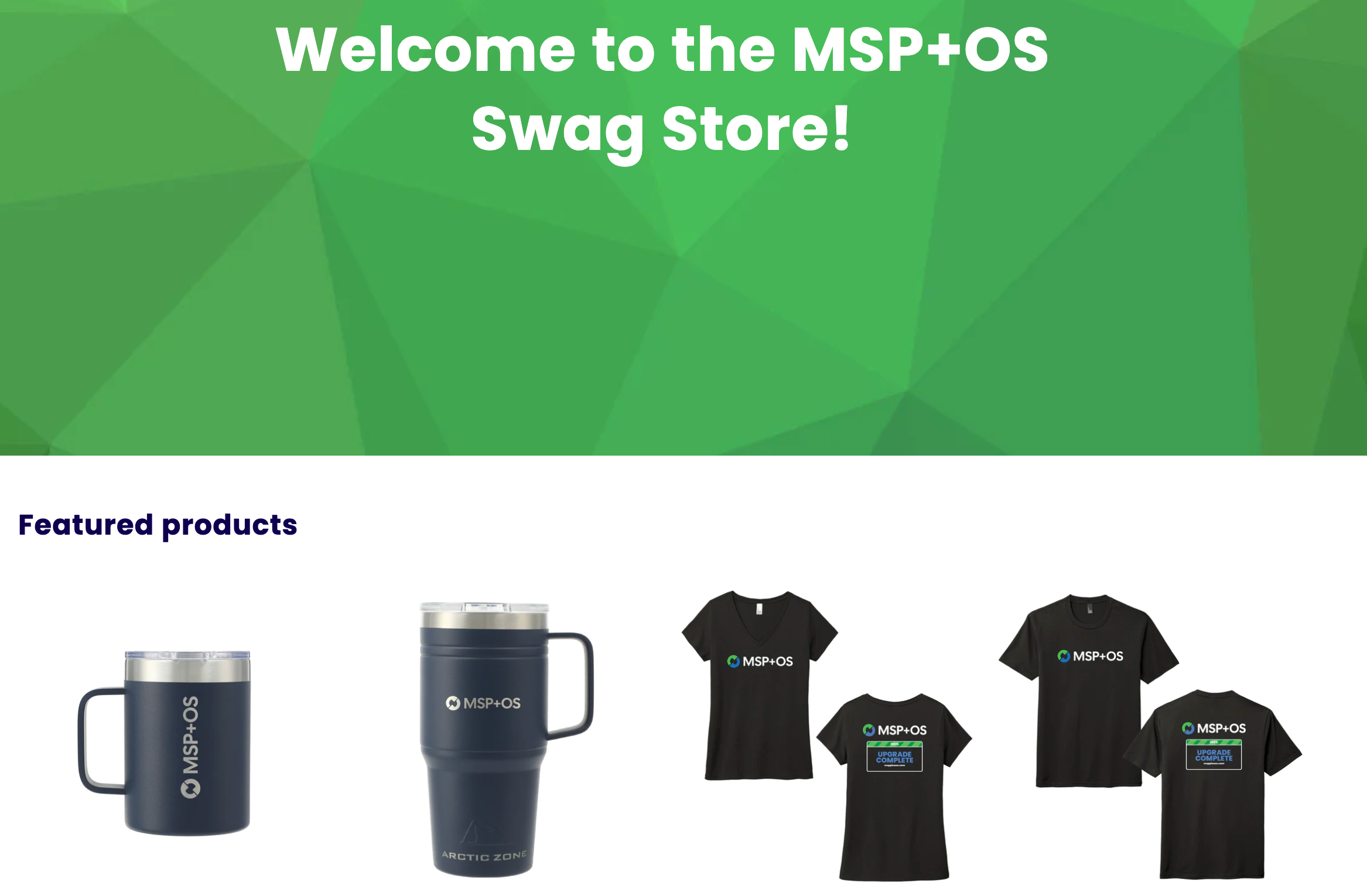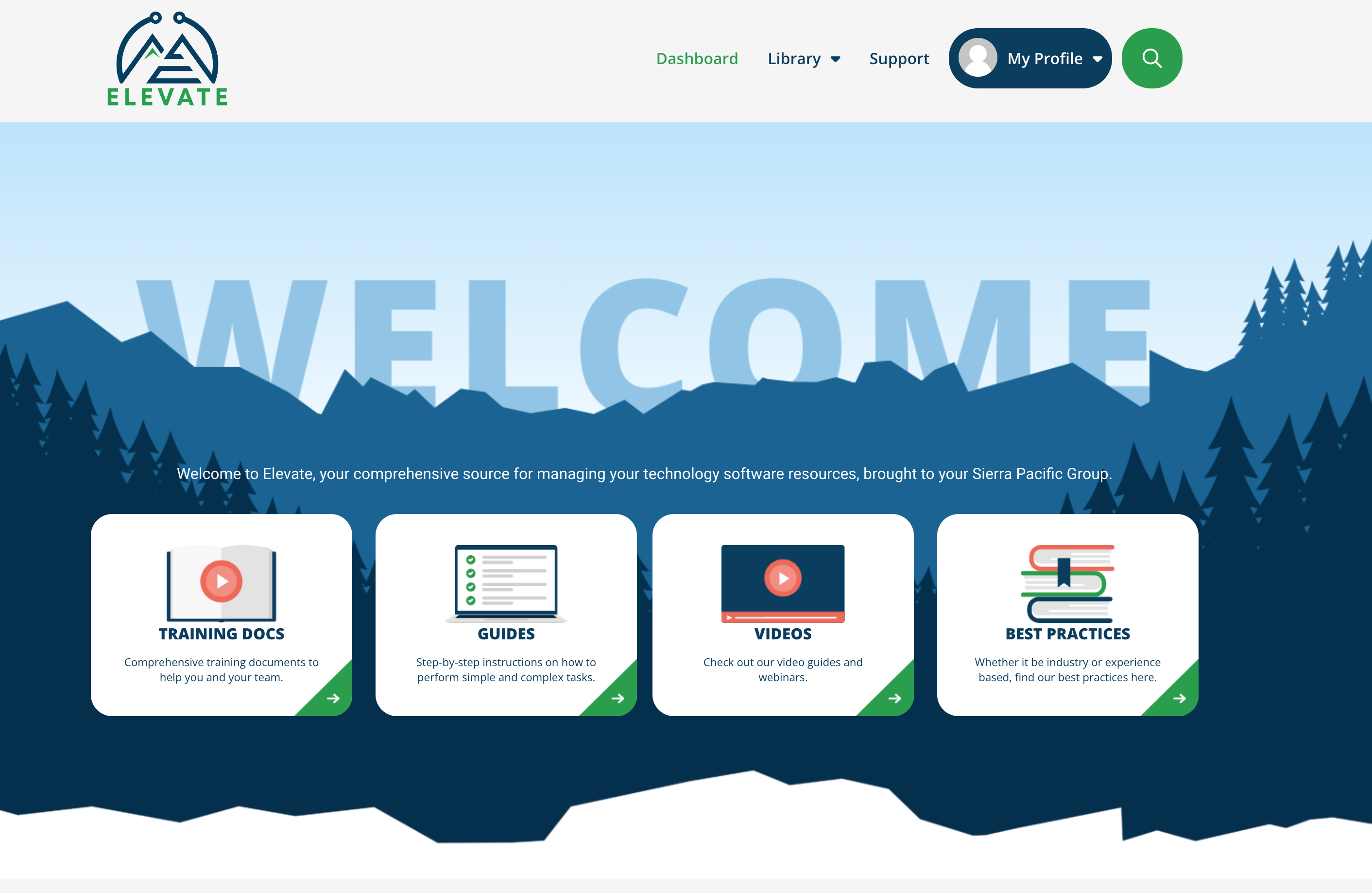Want better CSAT scores? Focus on your ticket dispatch and triage process.
Even small tweaks and adjustments can help improve customer satisfaction. Better CSAT scores mean happier clients, more referrals, and a positive company culture.
As you grow and scale your IT business, managing a larger volume of service tickets isn't as simple as hiring more technicians.
When your team is overwhelmed with requests, how will they maintain a high level of excellent service?
Constant communication is the Key
Even if you can't get on a call and resolve an issue immediately, at least contact them. Acknowledge their request or issue, and tell them you’ll have an update by the end of the day or first thing in the morning.
This ensures your customer feels heard and knows their concern is being addressed at some level. And if the issue takes several days, be sure to communicate with them at least once a day.
The Right Tech for the Right Job
It’s important to assign the ticket to the correct level of customer service technician. Ticket assignment can change depending on the ability and experience of the agent. In a typical organization, technicians are often grouped as follows:
- Level 1 Tech: has a few years of experience, but likely no certifications yet
- Level 2 Tech: possesses one or more certifications and more years of experience
- Level 3 Tech: is knowledgeable and has achieved multiple certifications—usually a lead engineer on projects, sets expectations for team resources, and likely in a leadership role
Typically, tickets are initially assigned to a Level 1 Tech. If they can't resolve it within a certain period, it's generally escalated to the next level—but it’s all up to the discretion of the dispatcher to set the process.
The Important Role of the Dispatcher
If you have three or more technicians, you probably need a dispatcher. As tickets come in, the critical job of assigning and scheduling goes to the dispatchers. As they triage tickets, they determine the priority of each request and assign them to the appropriate technician based on the issue. If there’s a server issue that needs to go to a server engineer, the dispatcher knows to whom to assign the ticket.
Dispatchers also handle scheduling. If a field engineer needs to go out on a site visit, the dispatcher looks at the big picture and ensures there are enough people in the office to cover the engineer’s absence.
Lastly, dispatchers handle all the coordination and sometimes communicate with the client — providing updates when technicians aren't available. A dispatcher helps move things along and ensures tickets are addressed as quickly as possible and don’t become stale.
Without a dispatcher, technicians have free rein to cherry-pick tickets, meaning they choose the tickets they want to work on or things they think are easy, and they might ignore the harder ones. Having a dispatcher to assign the tickets solves that problem and ensures reliable service to all concerns.
See how Dashboards Can Help
Dashboards are an excellent tool to help dispatchers stay on track. There’s a tool that integrates with ConnectWise called BrightGauge.
Their Data Dashboards help track and visualize all your KPIs. A dispatcher can see new tickets as they come in, numbers of unassigned tickets, how long it’s been since a ticket has been addressed, who is handling what tickets—basically everything they need to do their job effectively.
You can click on a ticket for a drill-down report of the details. For example, say a dispatcher sees a ticket that hasn’t been triaged in under two hours, and that’s part of their SLA, so maybe they missed the SLA for triage time. Now the dispatcher can make triage time operations team metric and set that KPI up in the dashboard. They can also decide if they need to schedule more techs to respond to customers.
Another example—somebody is out of the office, so the dispatcher needs to reassign the ticket to another tech because the customer is waiting to hear back. This can all be seen and optimized with a dashboard.
Automation Tool
There are some tools that can help automate some dispatchers’ tasks.
In ConnectWise, there is a feature called “Auto Assign”, and it works well for certain scenarios. For example, if you have an account management service board and each customer has an assigned account manager, you can set up new tickets to be assigned right away. And beyond that, there are third-party tools that can integrate and help assignments based on your SLA— ensuring that a ticket is assigned to the correct or next available person.
Another example of helpful automation is the “Request a Dispatch” tool. If a remote technician can't resolve an issue, they typically need someone to go on site and they’ll need a way to communicate that to the dispatcher as easily as possible. They can use a ticket status called “Dispatch Request.”
With Dispatch Request, the technician fills out a standard note, like a time entry note, with the details. Then, a workflow would take that note and assign a dispatcher to the ticket, placing it in their queue and making it their responsibility to find someone who's available, get it scheduled, change the status and remove themselves from the ticket.
Triage and Dispatch Processes Impact Customer Experience
Customer service is the lifeblood of your business. The systems, processes and people that you employ in your customer service department directly impact the customer experience.
Implementing these triage and dispatch best practices will communicate value and customer-centricity at each step of the process, from the moment a ticket is opened to when it is resolved.





